Information is the oil of the 21st century, and analytics is the combustion engine. ~ Peter Sondergaard
Data science and data analytics are among the hottest careers in 2025. Their rapid growth is driven by the global data boom, which is projected to reach 181 zettabytes this year alone. Companies everywhere are scrambling to find professionals who can turn raw data into valuable insights. But if you’re aiming for a career in this field, you might be asking yourself: Data analyst or data scientist?
The titles may sound similar, but there are important differences. In this article, we’ll explore the similarities and distinctions between the two roles. We’ll look at the required skills, education, responsibilities, and industry trends and share how you can kickstart your career in either data analytics or data science.
Skills and Education
Typically data analysts enter the field with a bachelor’s degree in business, economics, or a related quantitative discipline. The argument behind this requirement is that a background in business or economics helps analysts understand KPIs, markets, financial statements, and customer behavior. This is the language executives care about.
It is important to note that even a degree only meets the baseline requirements for most data analysis roles. Data analysts are also required to demonstrate proficiency in SQL, Python, or BI tools. If you do not have a degree, all is not lost in 2025. You can still enter the field (entry-level roles) through bootcamps, online courses, or self-taught portfolios. The most important thing is to prove that you have the technical skills and domain knowledge.
While most data analyst roles require a bachelor’s degree, most data scientists have a PhD. A PhD is usually a requirement in research-heavy or advanced AI/ML fields. In these fields, data science often involves developing new algorithms, not just applying existing ones. Companies doing cutting-edge AI, NLP, or computer vision want people who can handle novel research questions, which PhD training prepares you for.
That said, not all data science roles need a PhD anymore. Many applied data scientist roles in tech companies now accept master’s or even strong bachelor’s degrees + portfolio experience, especially if the work leans toward applied ML, analytics, or MLOps rather than new research.
In terms of technical skills, data scientists are also required to have proficiency in SQL and Python. Here is a comparison of the skills for data analysts and scientists:
Responsibilities
At their heart, these roles tackle different questions. A data analyst focuses on descriptive analytics. Descriptive analysis summarizes historical data to explain what happened and what the data looks like. Think: “Why did sales drop in Q3?.” They clean data, run queries, and create reports or dashboards to explain business performance. For example, a marketing analyst might spot why a campaign underperformed in Abuja by correlating it with customer demographics. Descriptive analysis uses summary statistics (count, mean, median, std, percentiles), visualizations (histograms, boxplots, bar charts, time series), and simple aggregates to surface patterns, central tendencies, spread, and outliers. Descriptive analysis is the foundation for further steps (diagnostic, predictive, prescriptive) and is what most stakeholders first ask for when they want to understand their data.
Here is a visualization that illustrates descriptive analysis.
Here is an illustration of the data analyst life cycle:
The data analysis life cycle turns raw data into actionable insights through problem definition, collection, cleaning, exploration, interpretation, and communication. For data analysts, “modeling” usually refers to basic statistical models (like regression, forecasting, or clustering) rather than building machine learning systems.
In contrast, a data scientist perform predictive and prescriptive analytics. Predictive analytics focuses on using historical data, statistical methods, and machine learning to forecast future outcomes. It answers the question, “What is likely to happen?” For example, a retailer might use predictive models to estimate which products will sell most during the holiday season.
Prescriptive analytics, on the other hand, takes things a step further by not only predicting outcomes but also recommending the best actions to achieve desired results. It answers the question, “What should we do about it?” For instance, a logistics company might use prescriptive analytics to suggest the most efficient rerouting strategy when delivery delays are predicted. In short, predictive analytics anticipates the future, while prescriptive analytics guides decision-making to influence that future.
Data scientists build machine learning models to forecast outcomes and recommend actions. This experimental edge means data scientists often collaborate on R&D, testing hypotheses with algorithms to drive innovation.
However it is important to note that in smaller teams, the roles between a data analyst and a scientist may be blurred. Here is a table summarizing the difference in responsibilities between data analysts and scientists:
2025 Trends for Both Roles
AI is shaking things up big time for both data analysts and data scientists in 2025. For analysts, a lot of the grunt work like cleaning messy data or cranking out basic charts, is now getting automated to a certain extent. That frees them up to do the fun stuff: storytelling, digging into business context, and actually influencing decisions. The flip side? Entry-level analyst tasks are getting commoditized fast. If you want to stand out, you’ll need to get better at statistics, learn some programming, and understand how AI works.
For data scientists, the story’s a bit different. AI is speeding up model building and even taking care of tedious coding tasks. Sounds great, right? But it raises the bar. Scientists are now expected to focus less on cranking out models and more on the harder, higher-level stuff: model fairness, governance, and making sure AI is used responsibly. On average, data scientists enjoy slightly higher salaries than data analysts.
The line between the two roles is blurring. Analysts are stepping into predictive work thanks to AI tools, while scientists are being pushed toward leadership and strategy around AI deployment. Bottom line: the tech skills still matter, but the new superpower is in the soft stuff like storytelling, ethics, and cross-team collaboration.
From Analyst to Scientist?
If you’ve been paying attention, you’ve probably noticed the overlap between these two roles. Think of data analysts as the junior partner to data scientists.
If your goal is to become a data analyst, start by learning SQL, Python, and basic statistics, along with some domain knowledge. And don’t ignore AI, it’s quickly becoming part of the toolkit.
If your goal is to move into data science, starting as an analyst is the fastest way to get some quick wins. From there, you can transition by upskilling in machine learning (a lot of folks take the bootcamp route).
In 2025 and beyond, both roles are and will continue to be red hot. Choose analyst if you love telling stories with data. Choose scientist if you want to build the future with models and AI. Either way, remember: constant learning and upskilling isn’t optional, it’s the journey. Thanks for reading.
Break into Generative AI & LLMs (Go from Novice to Pro)
Hands down the best course if you are serious about learning about generative AI and large language models. Everything you need to pass interviews and thrive in your role as an AI engineer is covered. Here is what you get:
90+ Lessons, 60+ Hours
Real-world Projects (Build your own AI apps)
Tools: OpenAI, LangChain, LlamaIndex
70,000+ Developer Community
Start here: Click here to access the course


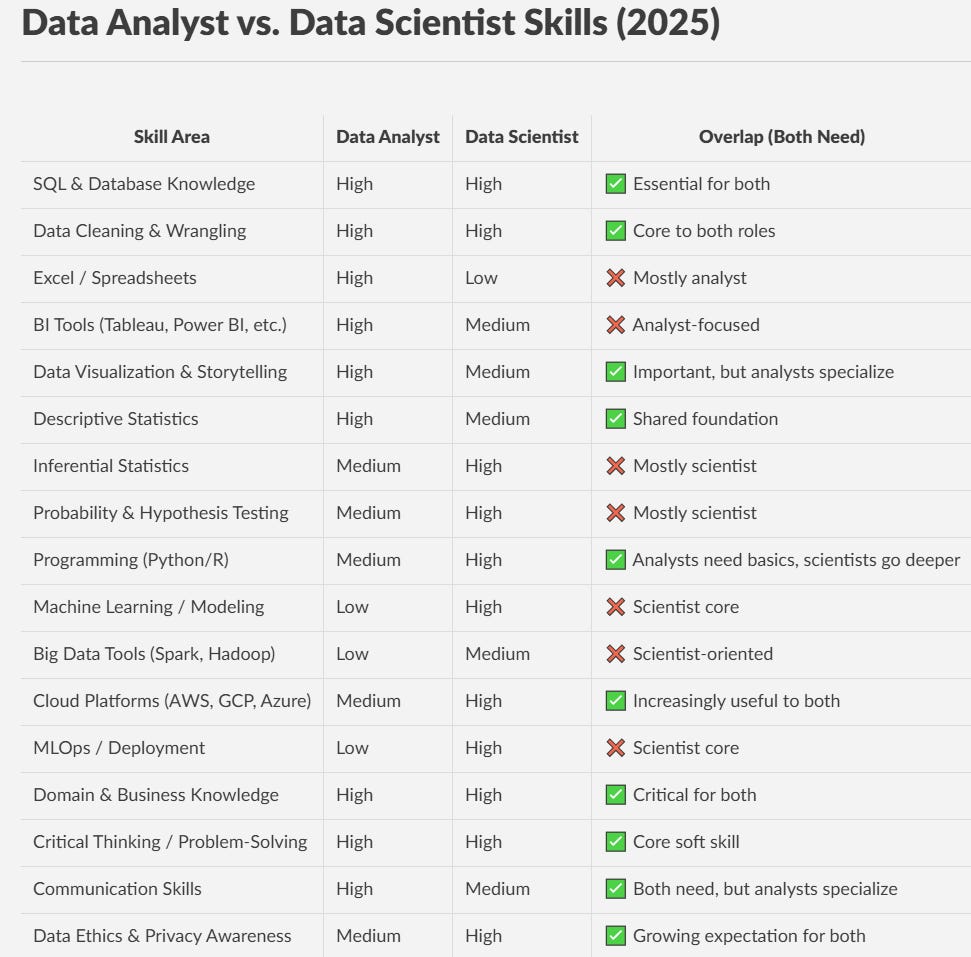
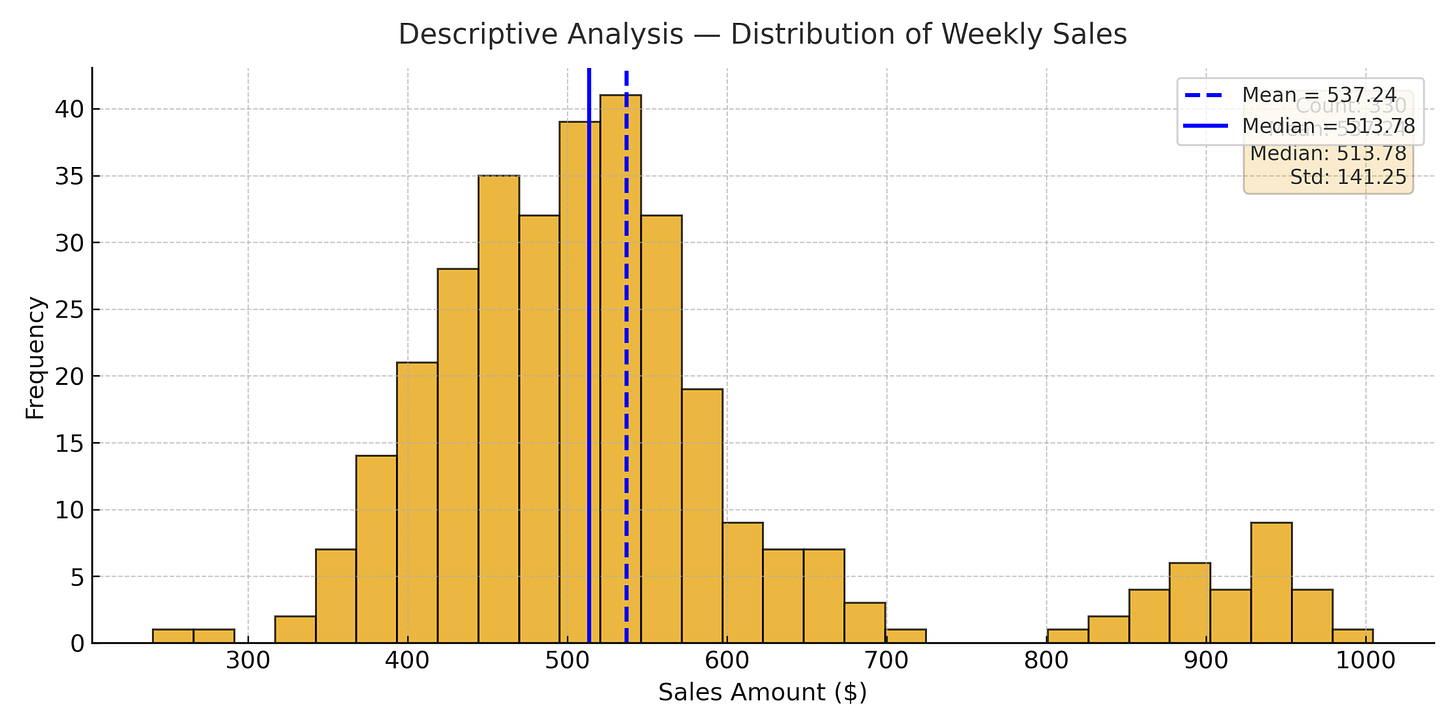
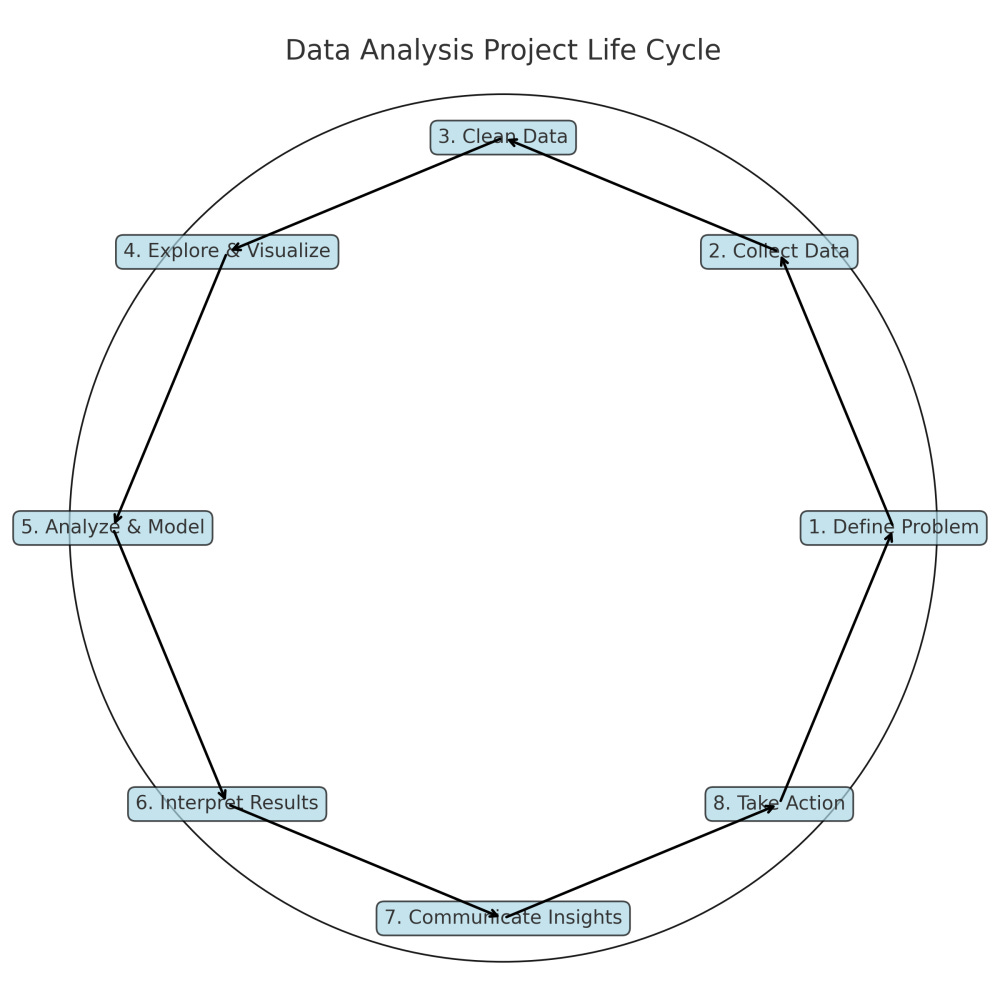
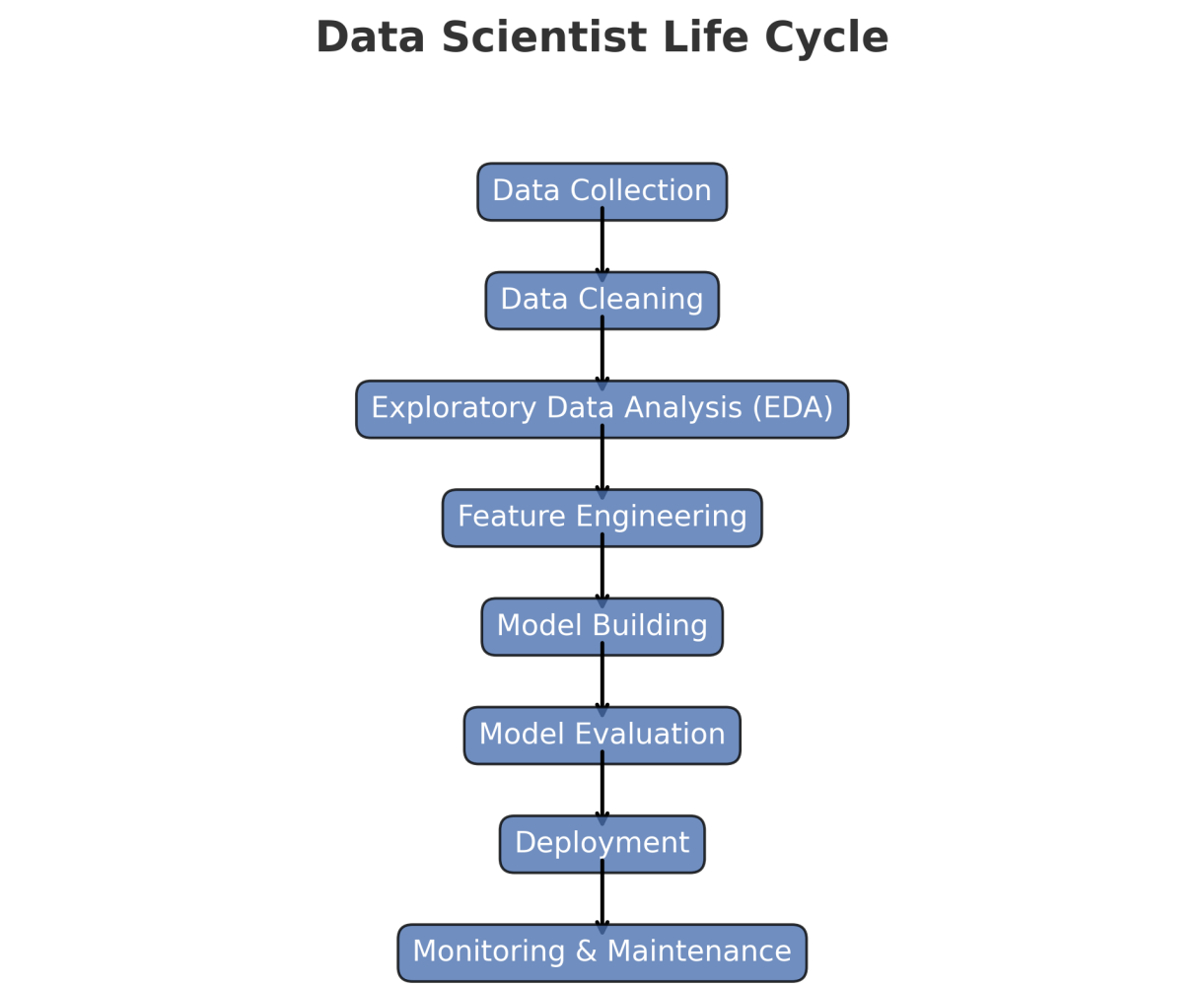
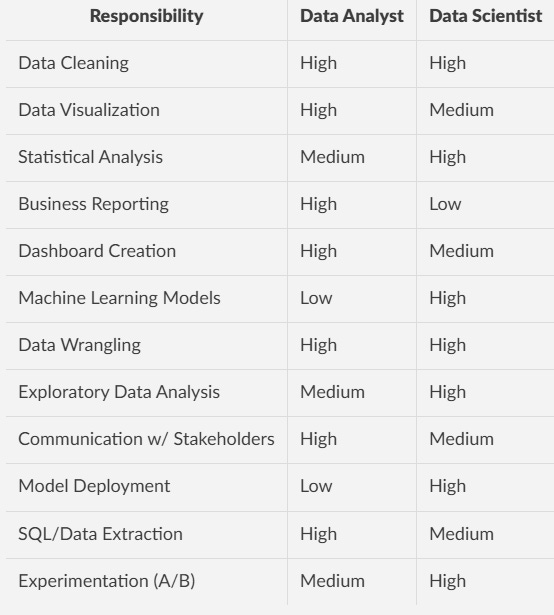

I’ve seen that same overlap firsthand—where clarity in systems makes the jump from analyst to scientist smoother. Once your workflow’s consistent, learning advanced tools feels less overwhelming.